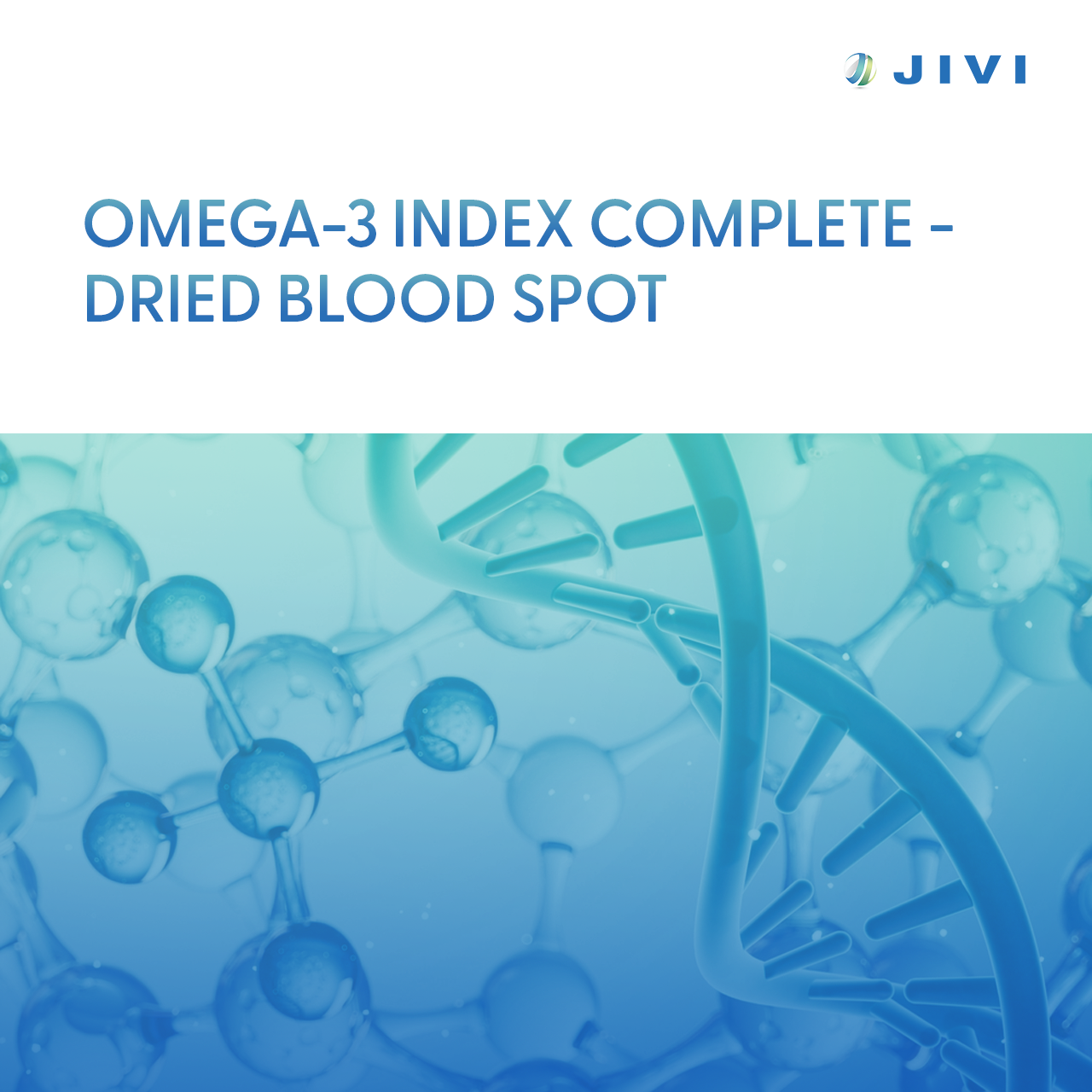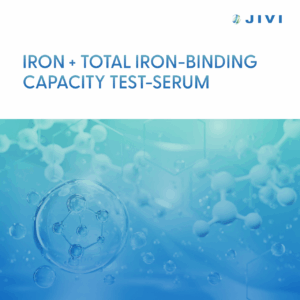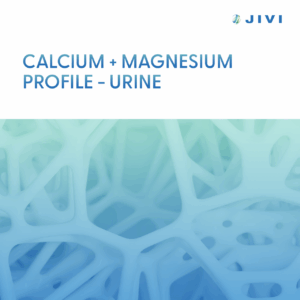Description
Omega-3 Index Complete – Dried Blood Spot
What does this test measure?
This finger-prick dried blood spot test analyzes the composition of fatty acids in the blood, focusing on the percentage of long-chain omega-3 fatty acids (EPA and DHA) in red blood cell membranes – known as the Omega-3 Index. A higher Omega-3 Index (typically >8%) is associated with lower risk of heart disease, whereas a low index (<4%) suggests increased risk. This test also usually reports the ratio of omega-6 to omega-3, and may include other fatty acid metrics such as the presence of trans fats.
Who is this test most suitable for?
Individuals with low fish intake; Those on omega-3 supplementation (to check efficacy); Vegetarians/vegans (who might lack EPA/DHA and rely on ALA conversion); Athletes (for recovery/inflammation control)
Clinical Use
Clinically, it’s used to check if a patient has sufficient omega-3 intake (from fish or supplements) for anti-inflammatory and cardioprotective effects. It can guide dietary recommendations, for example encouraging more oily fish or omega-3 supplements if the index is low. Additionally, it’s relevant for brain health (DHA is crucial for cognitive function) and conditions like triglyceride management. The dried blood format makes it accessible for at-home collection.







